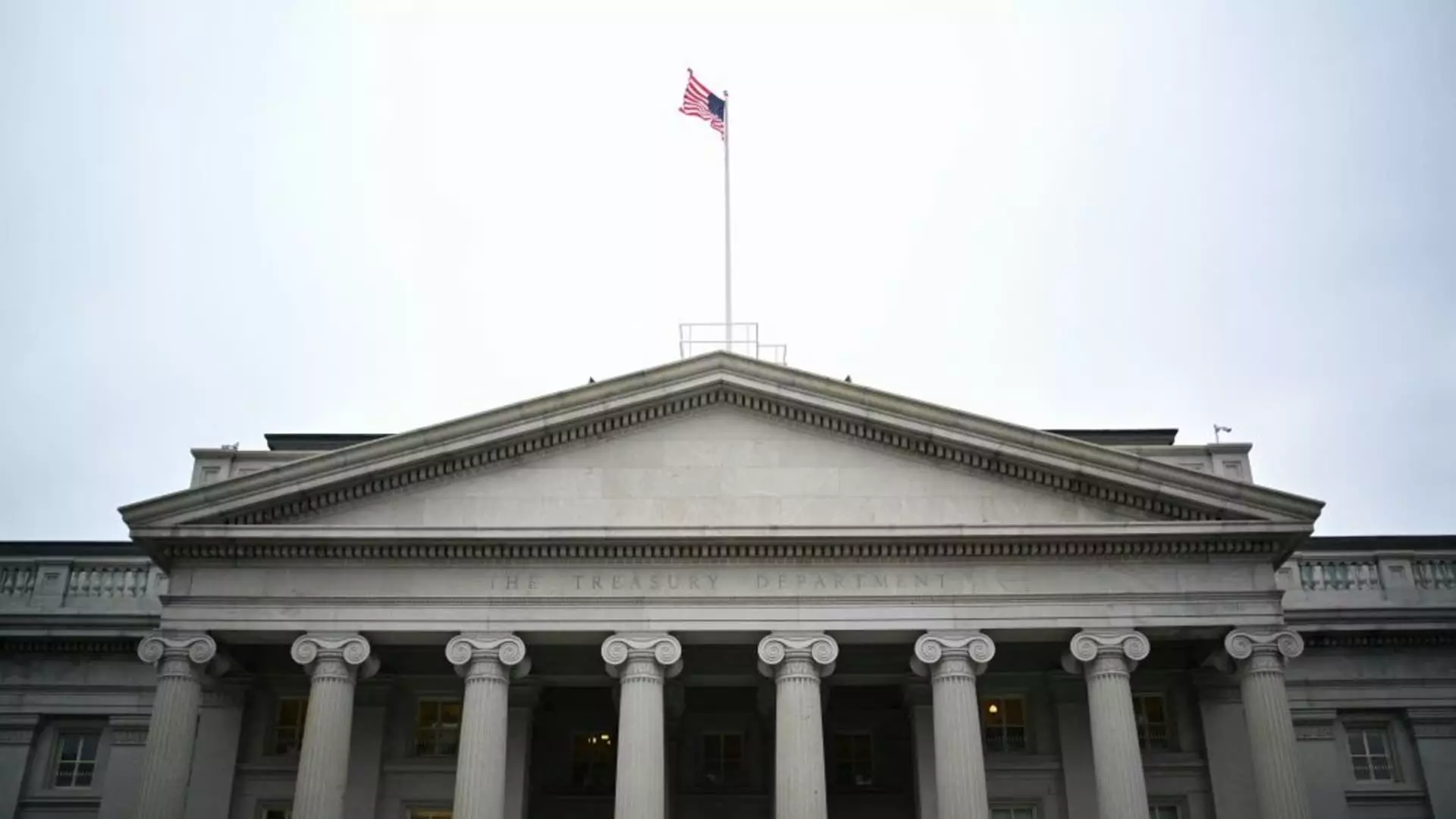The U.S. Department of the Treasury has made significant adjustments to the interest rates of Series I bonds, effective from November 1, 2023, to April 30, 2025. The new annual interest rate stands at 3.11%, a noteworthy decline from the previous rates of 4.28% and 5.27% that were in effect prior to this period. These fluctuations, driven by an inflation-linked structure, showcase how sensitive these investments can be to broader economic changes, particularly inflation rates.
The adjusted 3.11% interest comprises two essential components: a variable rate of 1.90% and a fixed rate of 1.20%. It’s important to note that the fixed rate has decreased from 1.30%, which adds a layer of complexity to long-term investment decisions. Investors should recognize the inherent differences in these two components—where the variable rate reflects current inflation conditions and adjusts every six months, the fixed rate is set upon purchase and remains unchanged for the life of the bond. This dynamic is crucial for potential investors as they navigate the best strategies for maintaining value amid continually shifting economic signals.
Although recent trends indicate a substantial decrease in I bond yields from the record high of 9.62% hit in May 2022, the fixed portion still holds residual appeal for long-term investors. Financial experts argue that the stability offered by the fixed rate can be enticing, particularly for individuals looking to safeguard their investments against inflation over an extended period. This appeal may not be as pronounced as it was during the peak yield periods, yet it still represents an opportunity for those who prioritize preservation over rapid returns.
For individuals already holding I bonds, understanding the timing of interest rate adjustments is critical. The Treasury’s policy dictates that after purchasing an I bond, the variable rate applies for six months before it can change, while the fixed rate remains static. For example, bonds purchased in September will have their variable rates altered in March of the following year, making it essential for holders to strategize around their purchase timing to maximize potential yield.
As experts emphasize, investors should leverage the I bond’s unique attributes while being astutely aware of their potential tax implications and strategies to mitigate tax burdens for the upcoming year. The composite nature of I bond rates can allow adept investors to tailor their portfolios based on individual financial goals, providing a vital hedge against economic volatility.
While the current adjustments in I bond rates reflect a changing economic landscape, the remaining components of the I bond structure still present a viable investment option. Carefully considering these factors will enable investors to make informed decisions for financial stability and growth in the months ahead.

Leave a Reply